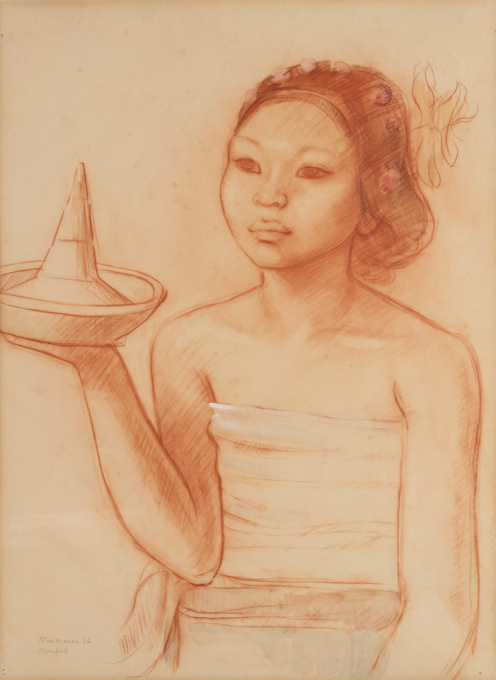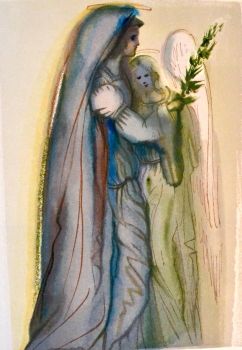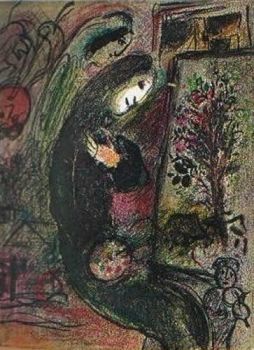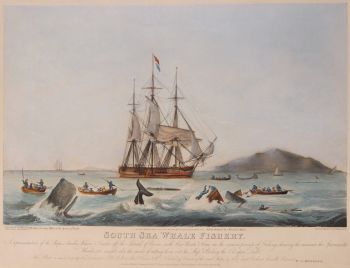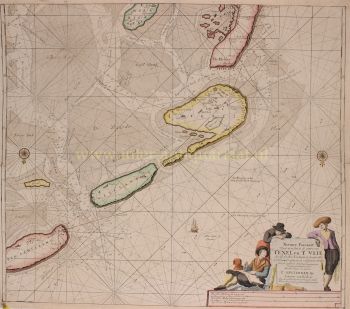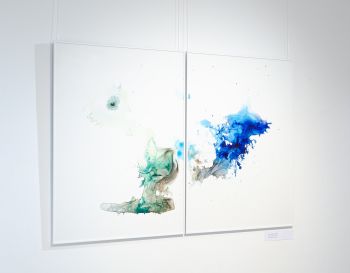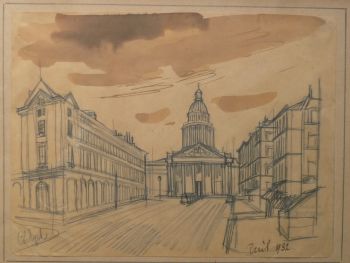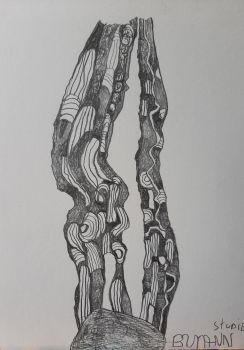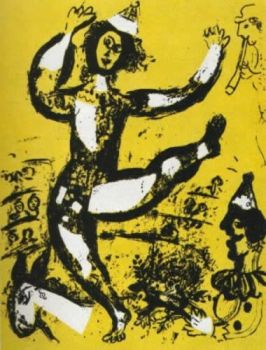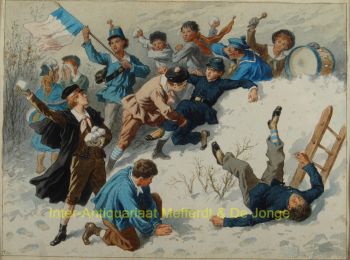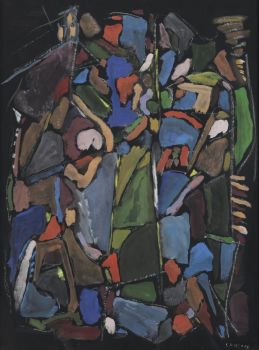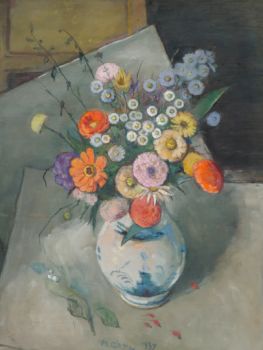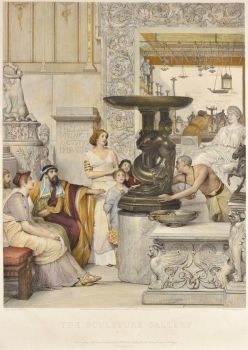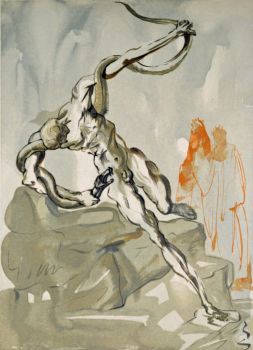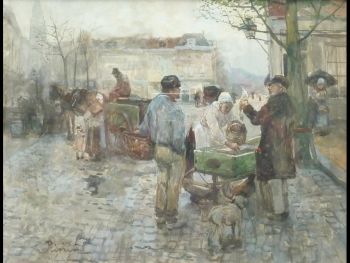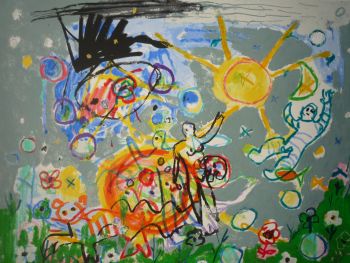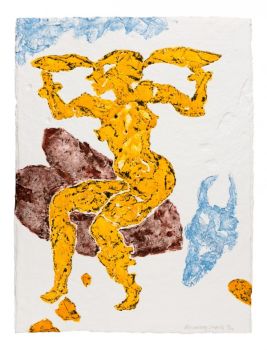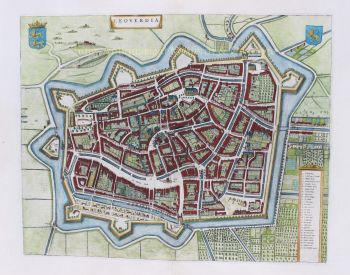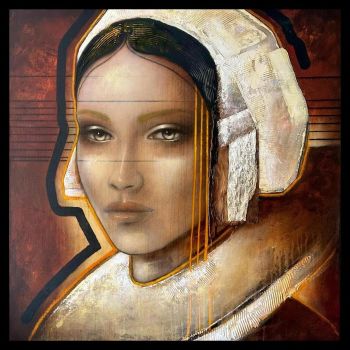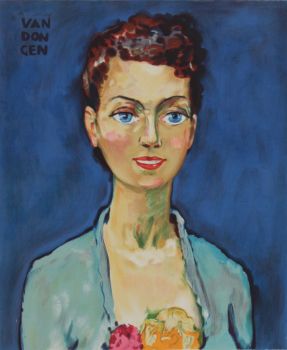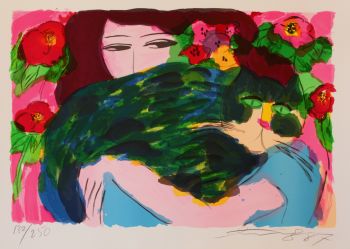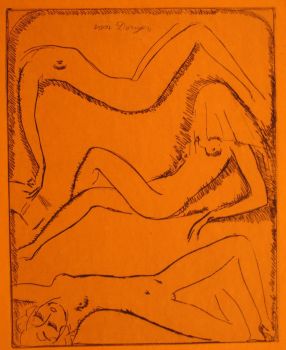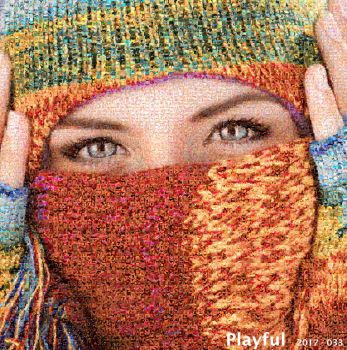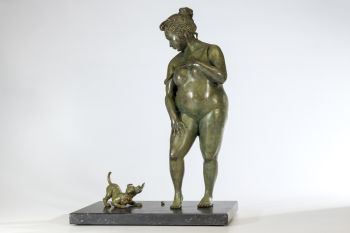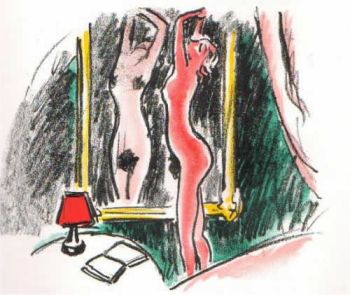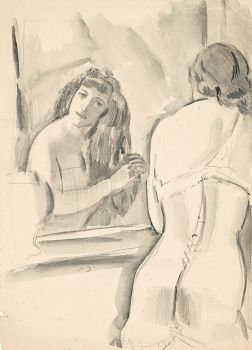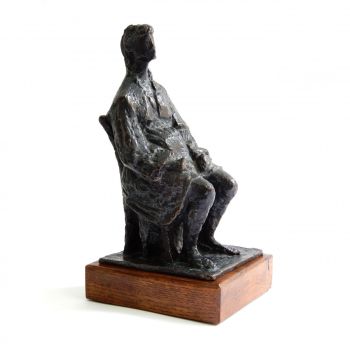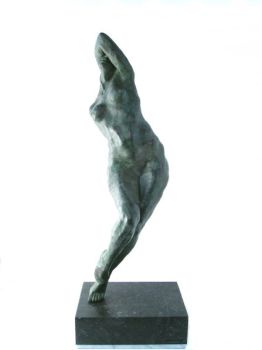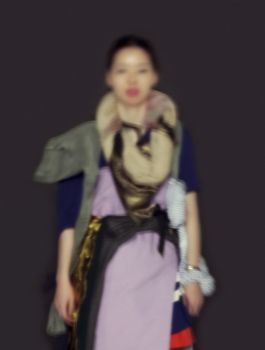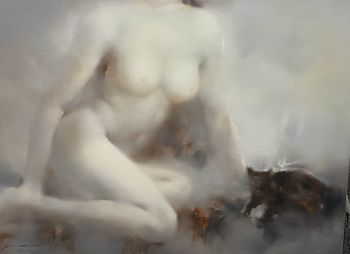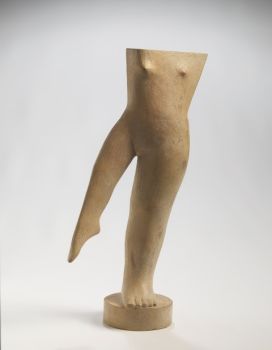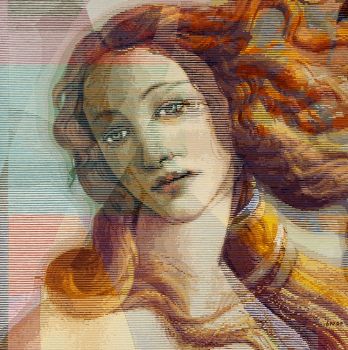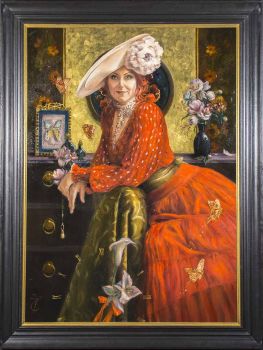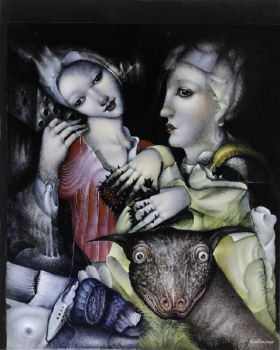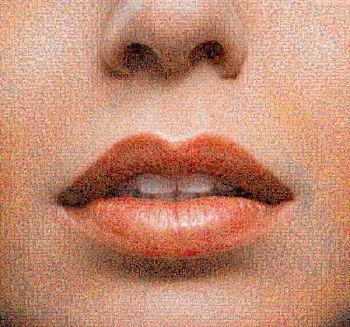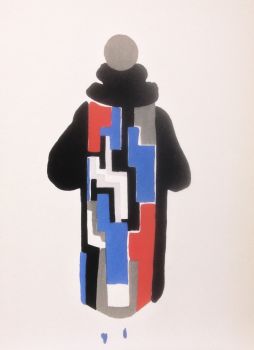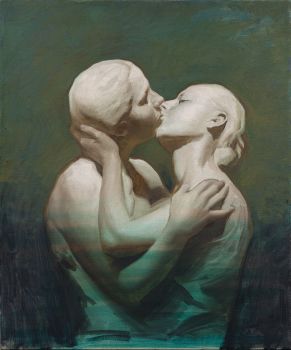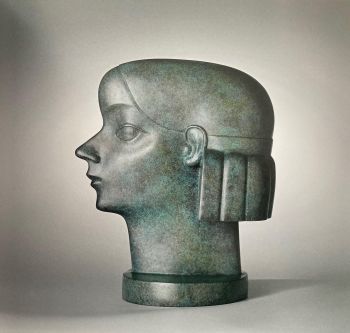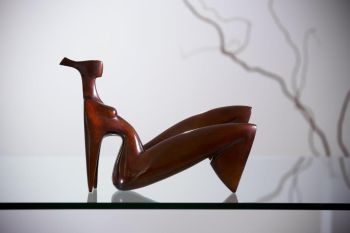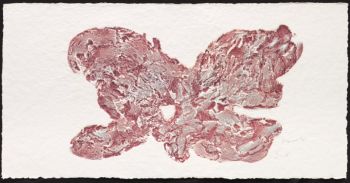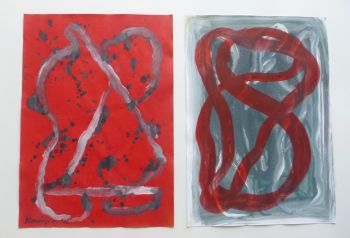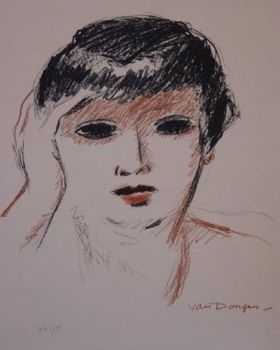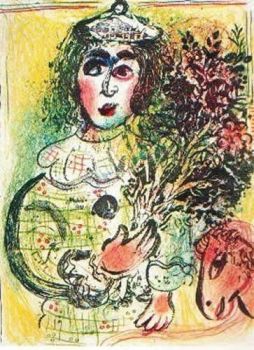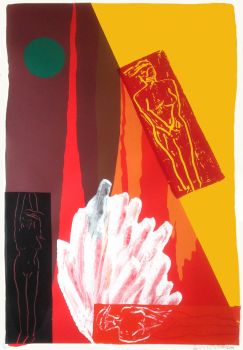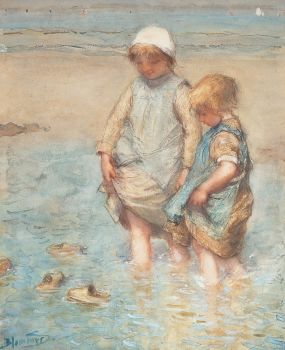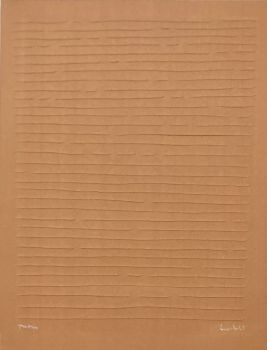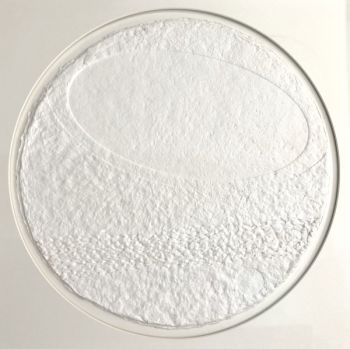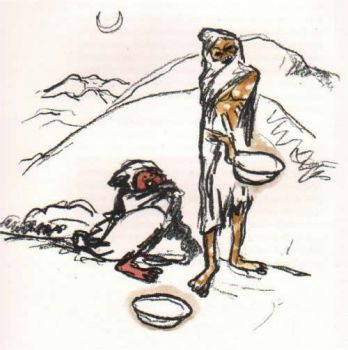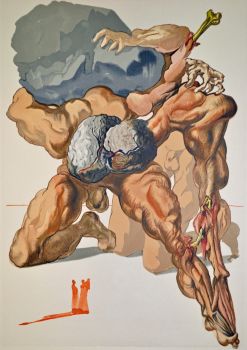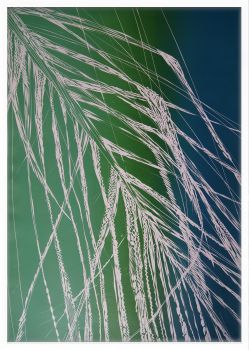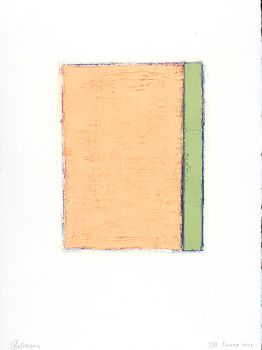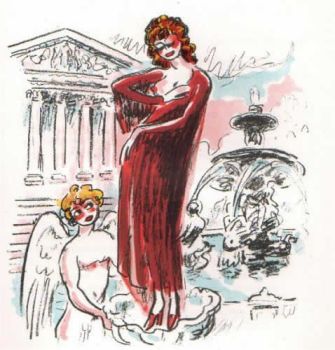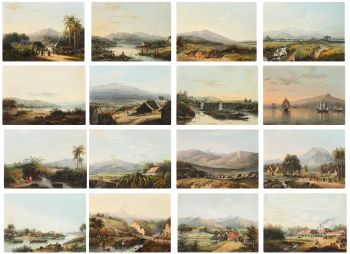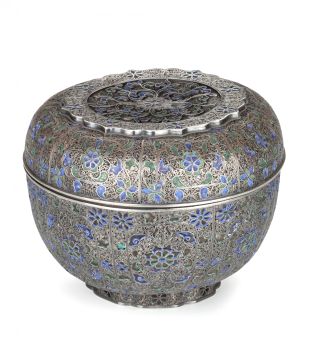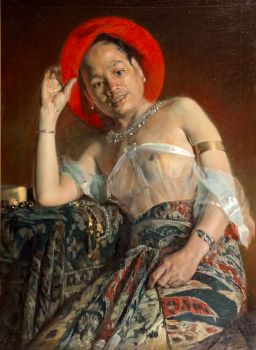Eine balinesische Frau mit Opfergaben 1936
Theo Meier
Papier
57 ⨯ 41 cm
Preis auf Anfrage
Zebregs & Röell - Fine Art - Antiques
- Über KunstwerkTHEO MEIER (1908-1982)
“A Balinese woman with offerings”
Signed, dated '36 and annotated Mankok (the name of the sitter) lower left
Sanguine on paper, 57 x 41.5 cm
In a hand-made and hand-painted frame with address: Max Knöll, Herberggasse 4/1, Basel.
Provenance:
Private collection, Basel (acquired directly from the artist)
Private collection, London
Note:
Theo Meier was born in Basel, where he attended art school and became a successful portrait painter. However, after visiting an exhibition in Basel of Tahitian paintings by Paul Gaugin, he decided to follow in Gaugin’s footsteps and go to the South Pacific. To finance his voyage, he founded a club in which every member pledged a monthly sum in return of which they could choose one of Meier’s paintings upon his return.
In 1932, at the age of 24, he embarked on his voyage to the South Sea. In Tahiti, he certainly discovered the beauty of the colours of the tropical world but the primitive simplicity of the inhabitants, he had seen in Gaugin’s paintings turned out to be more in the artist’s fantasy than in reality. He returned to Basel but in 1935 again was on his way to the South Sea. In 1936 he arrived in Bali, planning to stay there for two or three weeks, but thirty years later he was still there. In Bali “a delirium laid hold of me which even today has not subsided”, he was to write much later. The present drawing was made during his first “delirius” year in Bali. In Bali, he settled and found inspiration and friendship with other artists including Walter Spies, who guided Theo to a deeper understanding of Balinese culture and invited him to his small mountain retreat in the village of Iseh (for a beautiful painting of Iseh by Meier see Uit Verre Streken, March 2018, nr. 60). In 1938 he married a young girl from the village, Ni Madé Mulugan, and in June 1939 his first daughter was born. In 1941 he divorced Ni Madé and a year later remarried his favourite model, Madé Pegi.
During the Japanese occupation of Indonesia and the subsequent war of independence, Theo lived in Iseh with Madé Pegi who bore him his second daughter in 1948. In 1950, for the first time in 15 years, Theo went back to Basel to sell paintings and get some money to support his family in Bali. When he returned in 1952, he found Madé Pegi in love with a Balinese dancer, and they divorced. In December 1955, two years before Sukarno decreed that all foreign residents had to leave the country, Theo went back to Switzerland where he had several financially successful exhibitions. In 1957, on the invitation of his friend Prince Sanidh Rangsit, Theo moved to Thailand. In 1966 he returned to Bali for the first time in many years and purchased land in Iseh to build a house.
- Über KünstlerTheo Meier war ein Schweizer Künstler aus Basel, der besonders in Bali und Thailand aktiv war. Er studierte an der Akademie der bildenden Künste in Basel und begann seine künstlerische Karriere, nachdem er eine Zulage von der Akademie erhalten hatte. Nach einem erfolgreichen Auftragsporträt konnte Meier nach Berlin reisen, wo er Künstler wie Emil Nolde, Max Lieberman und Otto Dix traf, die ihm viel über Maltechniken beibrachten. Inspiriert von Gauguin reiste Meier im Alter von 24 Jahren nach Tahiti. Er kehrte jedoch desilllusioniert zurück, nachdem er nicht die primitive Lebensweise gefunden hatte, die er sich erhofft hatte, mit eigenen Augen zu sehen. Ein Jahr später ging Meier nach Bali. Er war sofort beeindruckt von der wunderschönen Insel und ihrer Kultur. Er ließ sich in Sanur nieder, traf andere Künstler auf der Insel und heiratete 1936 relativ schnell eine balinesische Frau. Während der japanischen Invasion im Zweiten Weltkrieg durfte Meier in Bali bleiben, da die Schweiz ein neutraler Staat war, aber viele seiner Werke wurden beschlagnahmt und gingen verloren. In den 1950er Jahren kehrte Meier für kurze Zeit in die Schweiz zurück. 1957 reiste er nach Thailand, wo er sich für den Rest seines Lebens in Chiang Mai niederließ und die lokale Landschaft und die Menschen malte. Theo Meier arbeitete in einem farbenfrohen Stil, der Gauguin und den Fauvisten ähnelte. Seine Arbeiten sind in mehreren Sammlungen und Museen auf der ganzen Welt zu sehen.
Sind Sie daran interessiert, dieses Kunstwerk zu kaufen?
Artwork details
Related artworks
André Lanskoy
Composition Abstraite (sur fond noir)20th century
Preis auf AnfrageFrans Jacobs Fine Art
1 - 4 / 24- 1 - 4 / 24
Bernardus Johannes Blommers
SPELENDE VISSERSKINDEREN1845 - 1914
Preis auf AnfrageGalerie Het Noorderlicht
1 - 4 / 24Abraham Salm
Twenty-four chromolithographs of Java after A. Salm”1801 - 1876
Preis auf AnfrageZebregs & Röell - Fine Art - Antiques
Unbekannter Künstler
Japanese transition-style lacquer coffer 1640 - 1650
Preis auf AnfrageZebregs & Röell - Fine Art - Antiques
Engelbert Kaempfer
ENGELBERT KAEMPFER BOOK1651 - 1716
Preis auf AnfrageZebregs & Röell - Fine Art - Antiques
1 - 4 / 12

